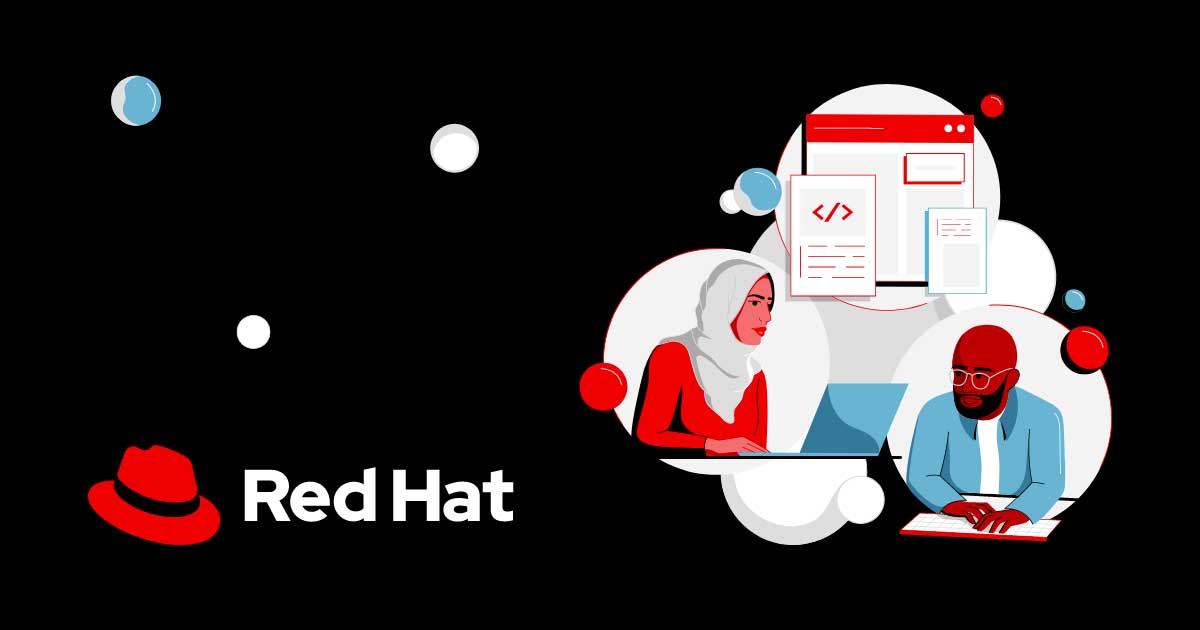Originally posted by michaelo2
View Post
Fedora -> Red Hat Enterprise Linux (RHEL) -> CentOS -> CentOS Stream -> Red Hat Enterprise Linux (RHEL)





Comment